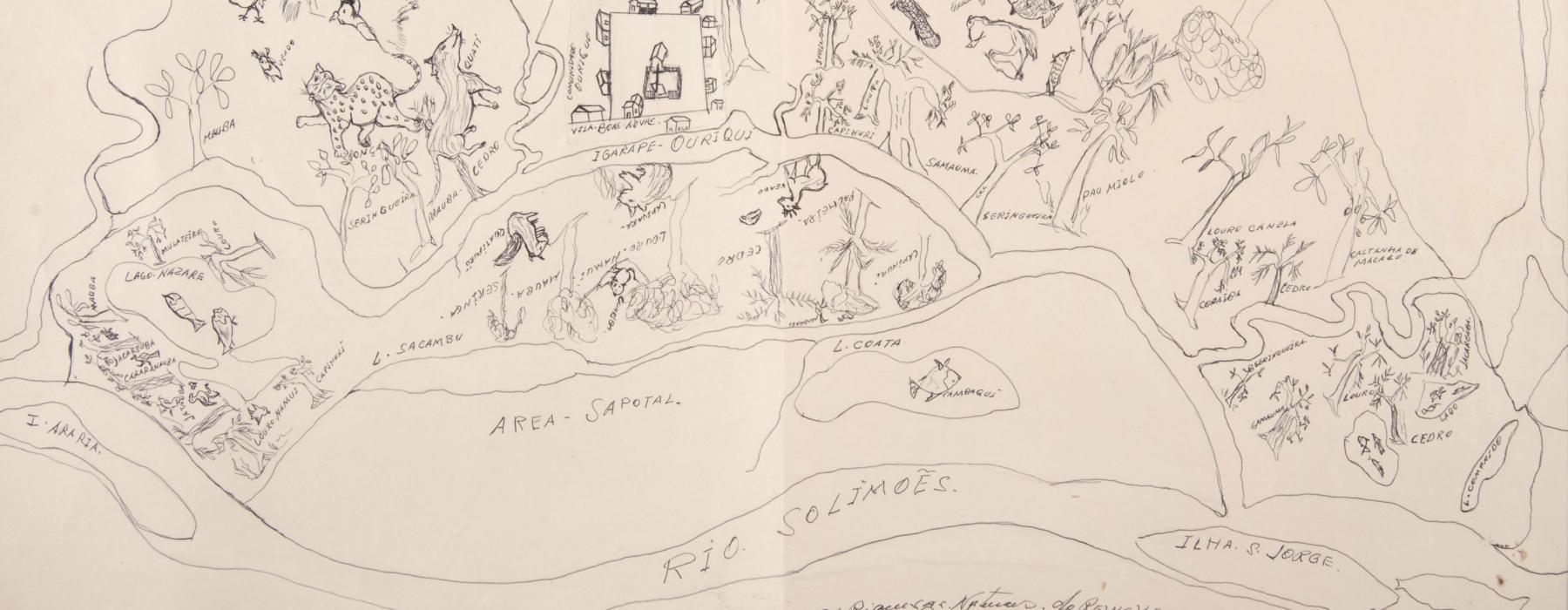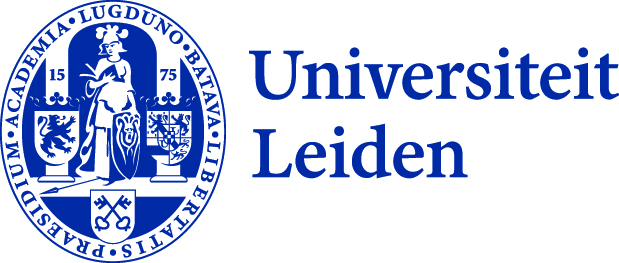
This workshop seeks to bring together curators and academics from around Europe who have recently worked on exhibitions and/or collaborative projects on and in Amazonia. The aim is to share experiences and best practices, in preparation for a possible exhibition project at Museum Volkenkunde. This exhibition will be co-organized with the Santo Domingo Center of Excellence for Latin American Research and the Faculty of Archaeology of Leiden University. Together, we aim to reflect on the broader impact of exhibiting Amazonia in the present political moment, dictated by neo-fascist and anti-environmentalist movements both within the Amazon region and globally.
Using historic material culture together with work by contemporary artists, this exhibition will examine the impact of some of the most dramatic external projects that have helped to shape contemporary Amazonia, positioning Amazonia as a globally interconnected space, that has long been shaped by human activity. Rather than seeing the peoples of the Amazon as passive receivers of these interventions, the works on display will demonstrate local cultural innovation and political resistance as well as the enduring impact of Amazonia on Western science and culture.
The exhibition will combine masterpieces of pre-Columbian and ethnographic art from indigenous cultures in the region with art pieces created by (indigenous) Amazonian artists that reflect on both the current socio-political situation in the region, as well as on the historic/ethnographic collections that exist in Europe and their significance today. These artist interventions will in part be created during residencies of the artists in the host institutions in Europe.
The aim of the workshop is to collectively reflect on the representational issues inherent in the exhibition-making structures of European ethnographic museum and discuss how these institutions can overcome structural problems of inclusivity, born from their colonial origins. Questions that will guide the discussion in the workshop will be based on the participants earlier experience. How can we set up these types of projects in the Bolsonaro-era? How do we ensure that the collaboration is profitable for all parties? How do we select who to work with? How do we deal with the distances involved and what kinds of outputs can we plan for?

